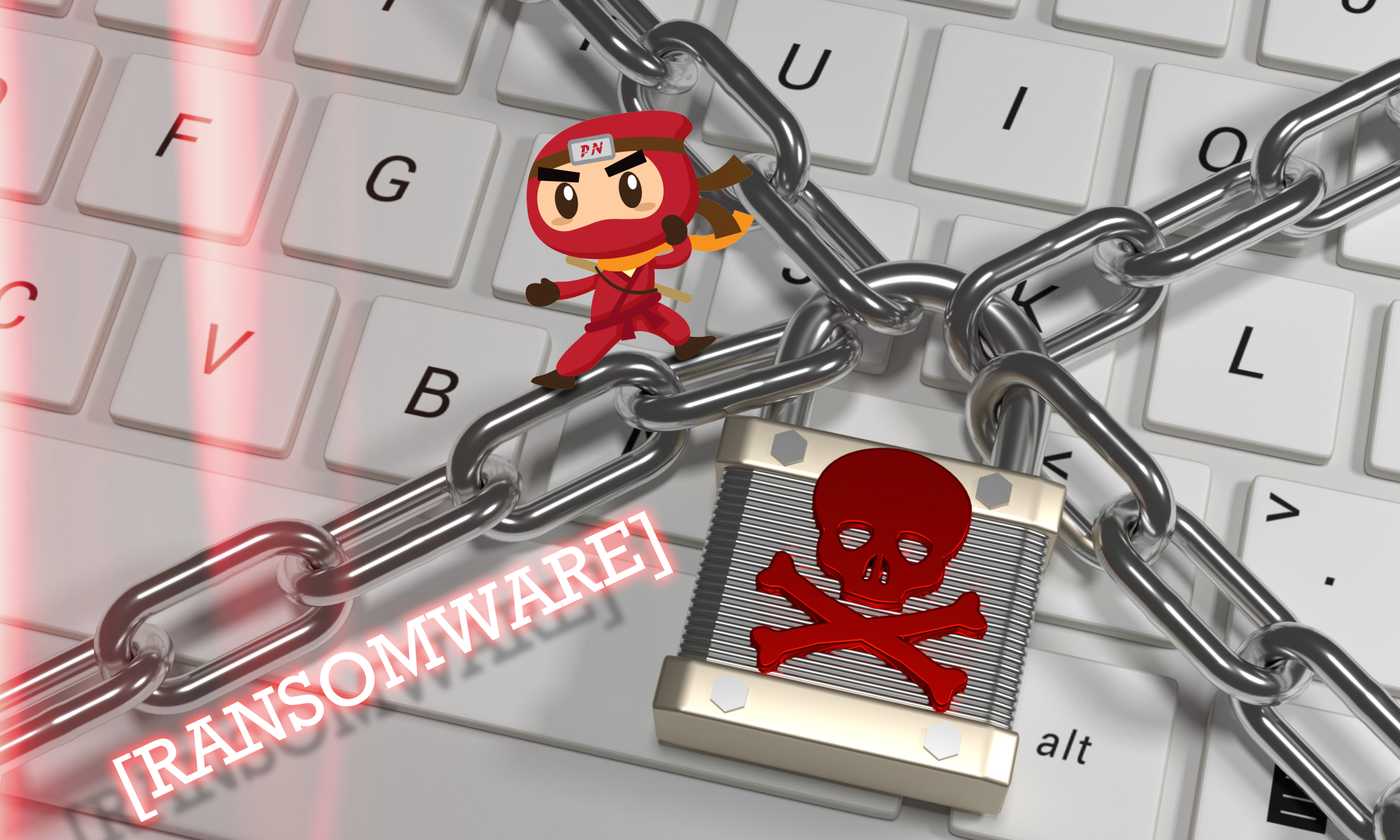KEEP IN TOUCH
Subscribe to our mailing list to get free tips on Data Protection and Cybersecurity updates weekly!



Knowing the enemy is winning half the battle. In the digital era where almost everyone exchanges information online, a compromised cybersecurity can be a huge threat. Cybercriminals are getting more and more creative in making sophisticated malwares. Disguised as a legitimate file, software, or program, malwares are now easier to come upon yet harder to get rid off. In this article, we will take a look the 5 types of ransomware you should watch out for, (and how to distinguish one from another) so you can take the more appropriate action.
Ransomware is a variation of malware (malicious software) that encrypts files and documents. It can infect a single unit of computer or even an entire network- including servers of a company. From the word itself, the perpetrator demands a ransom from the victim in exchange for a “decryption key” to regain access.
From records, attack vectors frequently used by cybercriminals include the Remote Desktop Protocol, phishing emails, and software vulnerabilities. As such, there can be several permutations of a ransomware depending on the proficiency of creator, the vector, and the target host. Below are the top five most common types of ransomware:
Don’t Be Baited! 5 Signs of Phishing in Email
This variant encrypts your important data, such as documents, photos, and videos, without necessarily interfering with your computer’s basic functions. This creates a more hostile atmosphere as the user can see his important files, but cannot gain access to them.
Crypto ransomware often comes with a countdown timer window that basically tells you, “pay before the deadline, otherwise lose your files”. Historically, it is quite impossible to decrypt a crypto ransomware-infected device and files without paying the ransom. However you might stand a greater chance if you collaborate with a cybersecurity expert.
Also Read: When to Appoint a Data Protection Officer
Contrary to crypto ransomware, a locker would block your computer’s basic functions; such as denying you access to your desktop while partially disabling your mouse and/or keyboard. This type of ransomware do not encrypt your important files.
You are only allowed to interact with the ransom window wherein you are expected to make the payment. If you are collaborating with a top cybersecurity expert, you may even be able to regain access without paying ransom. To reiterate, locker malwares do not target critical files as its general aim is just to lock you out; therefore, it poses a lesser threat than crypto lockers. Nevertheless, it can still be a big problem when dealt with poorly.

Among the other types of ransomware, this one is most commonly experienced by private users. It is a fake software that claims to have detected data breach or virus infiltration on your computer and directs you to pay a certain fee to resolve the problem. There are scareware strains that lock the computer while there are others which just floods the computer screen with pop-up alerts without harming internal files.
Especially notorious among corporations who use, collect, and disclose private data, a doxware will threaten to leak/distribute company information online should you fail to pay the ransom fee. Most private companies almost instantly resolves to pay to avoid the leakage of their confidential records.
Other doxware strains would claim to be law enforcement and will warn you that there had been illegal online activity detected in connection with your company; and you are thereby ordered to pay a fine to avoid heftier penalties or even jail time.
RaaS refers to a subscription-based model that gives opportunity to affiliates to use a ready-made ransomware tool in perpetuating ransomware attacks. As such, a commission or “cut” from the loot is given to the anonymous host/affiliates.
Since it is based on SaaS solutions, RaaS users would not require skilled or experienced hackers to operate the ransomware tool. This can pose as serious threat in cybersecurity as RaaS ransomware becomes one of the most easiest ways to execute ransomware attacks.
The most important thing to note about ransomware is how it is extremely dependent on human interaction to trigger them. Thus, it is essential to ensure that your company is implementing cybersecurity protocol. This would greatly minimize your risk of falling victim to various types of ransomware.
However, if you still managed to get infected, the best strategy to avoid prompt payment of the ransom. Remain composed and consult with your IT Department, Data Protection Officer (DPO), or outsourced cybersecurity professionals.
Also Read: 4 Reasons to Outsource Penetration Testing Services
Ransomware will always catch you unaware, hiding behind legitimate updates, innocent-looking messages and the like. Be sure to remain vigilant and follow the defense components to help you keep your business safe against threat actors.
Conducting regular penetration testing could also help ensure that threat actors are at bay as it searches for available vulnerabilities present in your system for you to acknowledge before bad actors can exploit them.